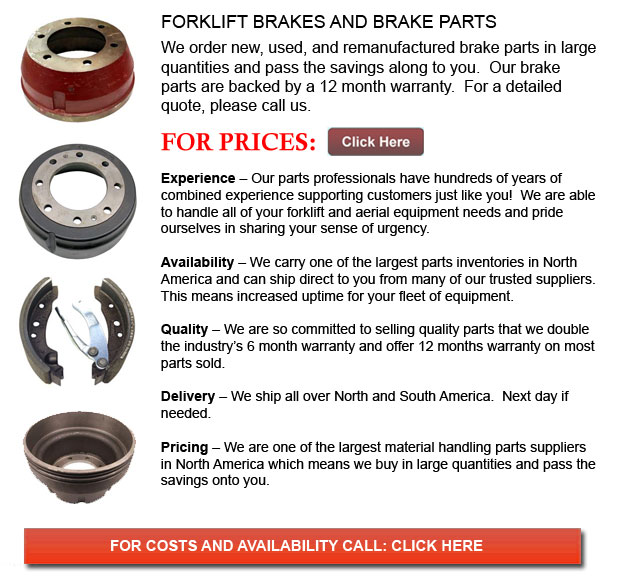
Forklift Brakes - A brake drum is where the friction is provided by the brake pads or brake shoes. The pads or shoes press up against the rotating brake drum. There are a few various brake drums types along with certain specific differences. A "break drum" will usually refer to if either pads or shoes press onto the interior exterior of the drum. A "clasp brake" is the term utilized to be able to describe whenever shoes press against the exterior of the drum. Another type of brake, referred to as a "band brake" uses a flexible belt or band to wrap round the exterior of the drum. If the drum is pinched in between two shoes, it can be referred to as a "pinch brake drum." Like a conventional disc brake, these types of brakes are somewhat uncommon.
Prior to the year 1995, old brake drums required constant adjustment periodically to be able to compensate for drum and shoe wear. "Low pedal" or long brake pedal travel is the hazardous outcome if modifications are not done sufficiently. The vehicle can become dangerous and the brakes could become useless whenever low pedal is mixed along with brake fade.
There are a variety of Self Adjusting Brake Systems available, and they could be categorized within two major types, RAD and RAI. RAI systems have in-built tools that prevent the systems to be able to recover when the brake is overheating. The most well known RAI manufacturers are AP, Bendix, Lucas, and Bosch. The most famous RAD systems comprise AP, Bendix, Ford recovery systems and Volkswagen, VAG.
Self repositioning brakes generally make use of a device which engages just whenever the motor vehicle is being stopped from reverse motion. This stopping method is suitable for use where all wheels use brake drums. Most vehicles now utilize disc brakes on the front wheels. By working only in reverse it is less possible that the brakes would be applied while hot and the brake drums are expanded. If adjusted while hot, "dragging brakes" could occur, which increases fuel expenditure and accelerates wear. A ratchet mechanism that becomes engaged as the hand brake is set is one more way the self adjusting brakes may operate. This means is just appropriate in functions where rear brake drums are utilized. When the parking or emergency brake actuator lever goes over a specific amount of travel, the ratchet developments an adjuster screw and the brake shoes move in the direction of the drum.
Placed at the base of the drum sits the manual adjustment knob. It could be adjusted using the hole on the opposite side of the wheel. You would have to go under the vehicle utilizing a flathead screwdriver. It is extremely essential to adjust each and every wheel evenly and to be able to move the click wheel properly because an unequal adjustment could pull the vehicle one side during heavy braking. The most effective way to be able to make sure this tedious job is completed carefully is to either raise each wheel off the ground and hand spin it while measuring how much force it takes and feeling if the shoes are dragging, or give each one the same amount of manual clicks and then do a road test.
![]() Click to Download the pdf
Click to Download the pdf
Forklift Parts
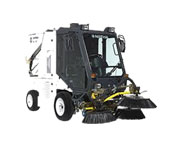

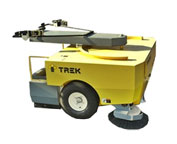
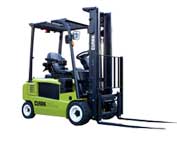

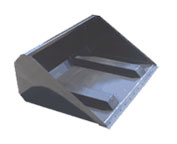
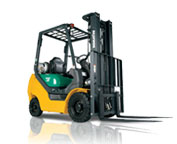

Lift Parts Express
TOLL FREE: 1-888-695-7994
Denver, Colorado
forkliftpartsdenver.com
Email Us
About Us


